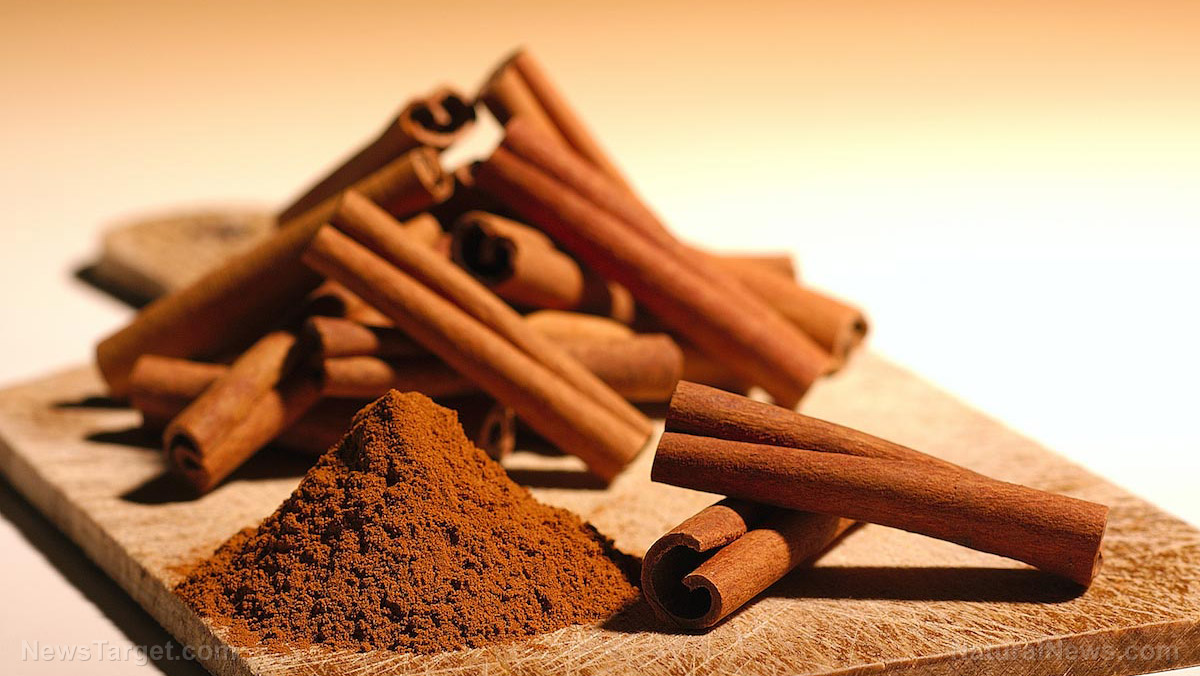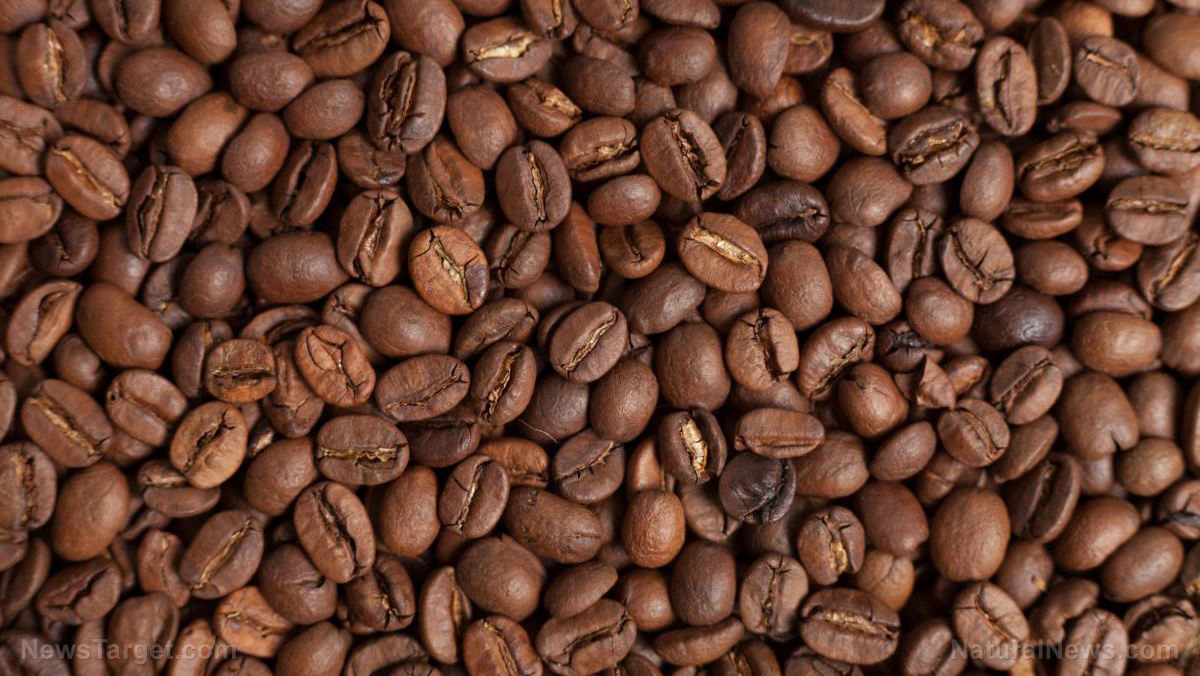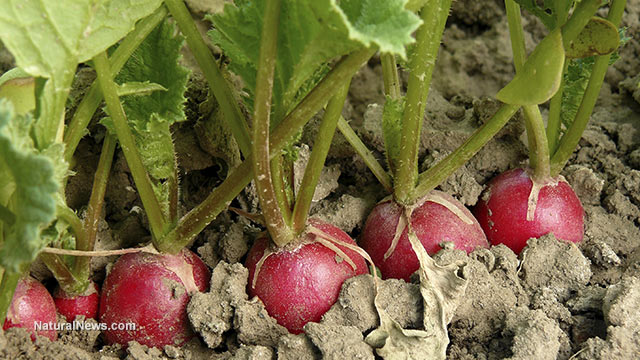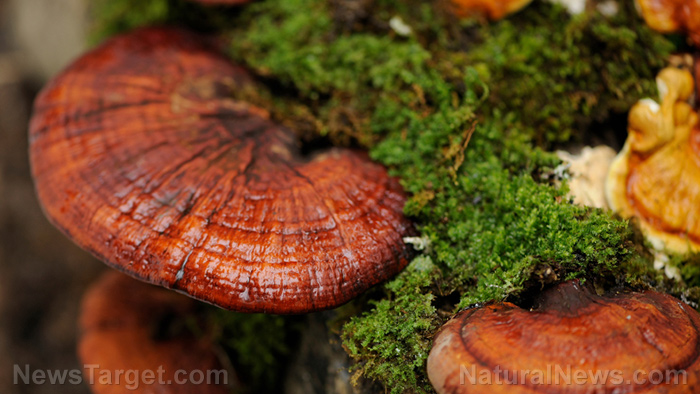 Parler
Parler Gab
Gab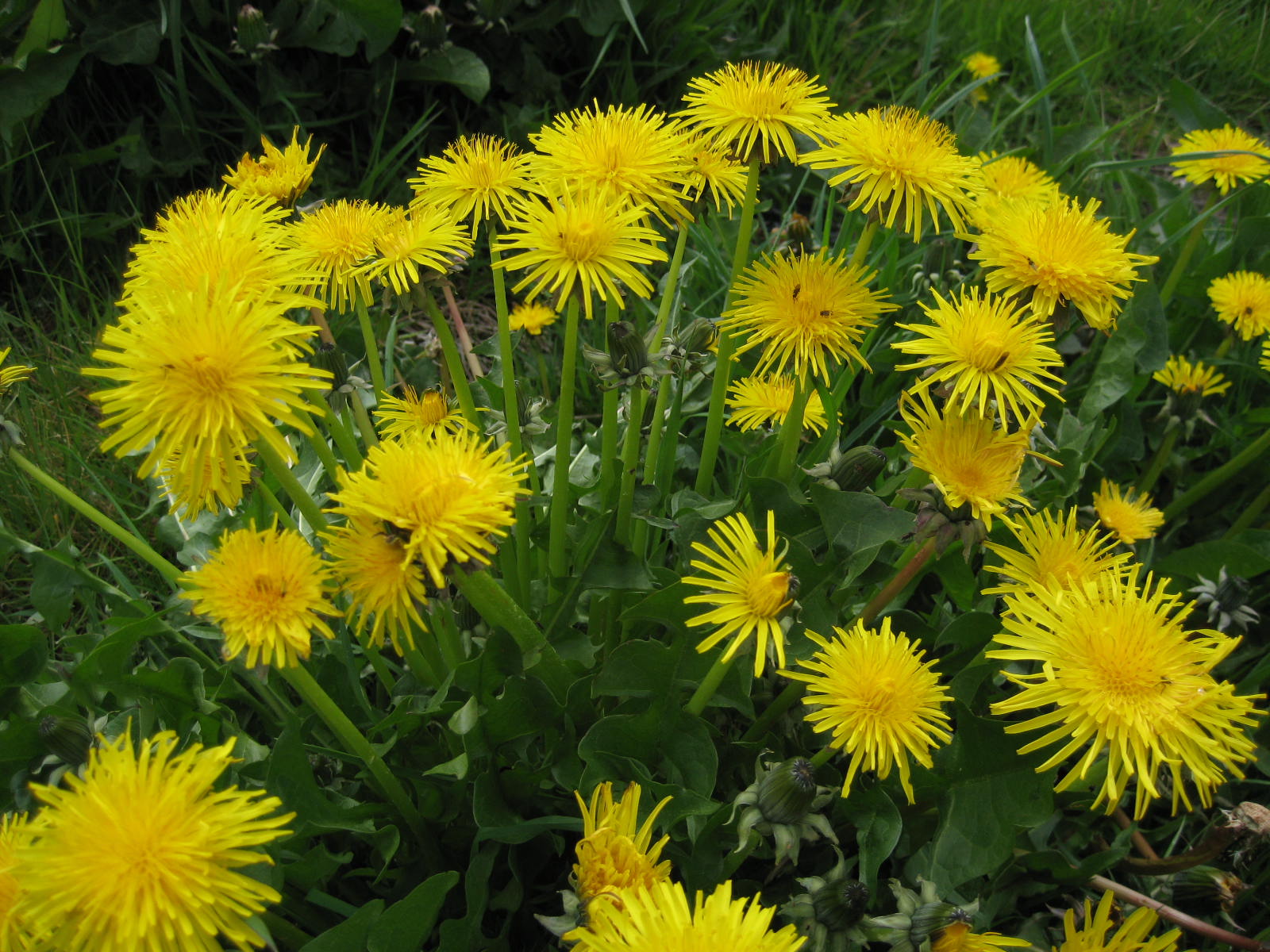
Tips for foraging
If you're new to foraging, take note of the following tips so that you can safely forage for wild edible plants:- Consult a foraging expert. Consult a local plant expert who can help you identify plants and note subtle differences between various plant species. Find a foraging expedition in your area and join for more hands-on lessons on foraging.
- Use your eyes. Seasoned foragers rely on their senses, especially their eyes, to identify characteristics of plants, which serve as their "clues" as to whether or not a plant is edible. Inspect the plant's leaves, flowers and stems. Do this across seasons to understand how plants look in different seasons, particularly because pocket field guides tend to only depict plants at the peak of their edibility.
- Read. Once you've gotten the hang of distinguishing plant characteristics, read foraging manuals, cookbooks and other resources to verify your observations and learn more about the plants you're foraging for. You can also make your own sketches when observing plants and confirm their identification using foraging manuals.
- Taste the plant. Taste is the riskiest identifying clue, which is why it should be saved for last. Do not try to taste a plant if you're not absolutely sure of its identity.
- Avoid wild mushrooms. There are few plants that will kill you if ingested. Most of those are species of mushrooms. While there are edible mushroom species, it's best to stay away from them if you're not comfortable foraging for them yet because some toxic mushroom species look like edible ones.
Antioxidant, anti-inflammatory, and more: the health benefits of cinnamon
By Mary Villareal // Share
15 Ways to use spent coffee grounds on your homestead
By Divina Ramirez // Share
Home gardening tips: 17 Veggies you can grow in buckets
By Zoey Sky // Share
Leftists use mass censorship because they don’t have the guts to engage in fair debate
By News Editors // Share
Reishi mushrooms can strengthen your immune system – here’s how (recipes included)
By Joanne Washburn // Share
